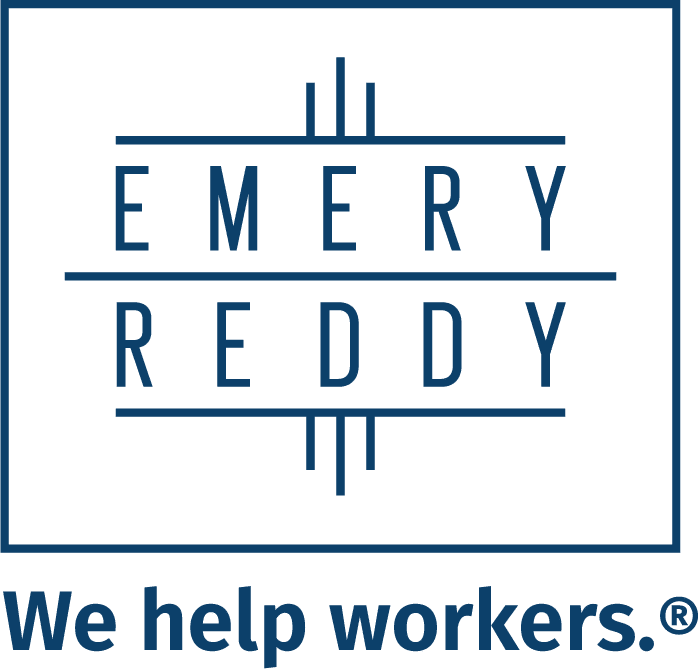learn Your Rights
Occupational Safety and Health Administration (OSHA) Violations
The Occupational Safety & Health Administration (OSHA) works to provide safe working environments and enforces health and safety regulations in workplaces across the U.S. Every American employer, worker, and manufacturer is required to observe OSHA rules. When OSHA codes are ignored, the result can be dangerous — and sometimes fatal.
Workplace injuries can end a person’s career or affect the most important aspects of life, including health and financial well-being. Affected workers deserve compensation, but are often unaware that OSHA violations led to their injury. An experienced Washington OSHA Violation Attorney will work with industry experts to determine this and more.
Most workplaces are required by law to prominently display OSHA posters and information that explain workplace safety rights and obligations to employees. If you are aware of an OSHA violation in your workplace, call Emery | Reddy, PLLC for a Free Case Review with an experienced Intake Specialist and learn how we may be able to help. No fee unless we recover for you.
What Are the Four Different Kinds of OSHA Violations?
- Willful violations occur when employers knowingly ignore OSHA requirements.
- Serious violations involve workplace hazards that could cause serious injury or fatality.
- Repeated violations are cited when OSHA has previously found a workplace to commit the same violation.
- Other-than-serious conditions are those with the potential to compromise workplace health and safety but do not cause likely risk of serious accidents or injuries.
Most Common OSHA Violations
Industrial accidents make up the majority of OSHA violations. When industrial safety regulations aren’t observed, serious injuries or fatal accidents can result. The most common OSHA workplace safety violations include:
Fall protection: Protection against slip-and-falls in the workplace must be provided in the construction industry for employees working at elevations six feet or higher. OSHA also requires fall protection for workers completing tasks above dangerous machinery, regardless of their elevation.
Scaffolding: OSHA requirements for scaffolding emphasize safety guidelines for fall protection, structural stability, weight capacity, and more.
Ladders: Under OSHA rules, all ladders used in the workplace should be capable of supporting a certain weight. OSHA also enforces rules regarding safe design of ladder rungs, cleats, and steps.
Machine guarding: Any moving machine part with potential danger to workers must be enclosed by a cover, shield, or railing. These measures are intended to protect workers from injuries such as crushed hands, amputations, burns, or blindness.
Worksite trucks, tractors, and forklifts: Powered industrial machinery like worksite trucks, tractors, forklifts, or any other truck with an electric motor or internal combustion engine is required to meet OSHA guidelines. These workplace vehicles must have fire protection and comply with design and maintenance safety measures.
Emery | Reddy Can Help You with Your OSHA Violation Claim
If you have tried to work things out with your employer and nothing has been done, then it’s time to consult with an experienced Seattle Employment and Labor Law attorney. Employment and Labor Law is complicated and can be overwhelming for anyone not familiar with it. Trying to hold a company accountable for bad business practices requires a skilled attorney to navigate the different laws and tactics an employer may use.
Emery | Reddy has over eight decades of experience in Employment and Labor Law and an unmatched record of helping Washington state workers get the justice they deserve in labor violations. Call for a Free Case Review with an experienced Intake Specialist and learn how we may able to help. No fee unless we recover for you.
Are you Injured?
Contact Us Today
Contact Us for a FREE Case Review.
No Fee Unless We Recover for You.
Want More Information?
A whistleblower is someone who reports illegal, unsafe, or unethical practices by a company. It is illegal for employers to retaliate against their employees, and Washington state has laws in place that protect whistleblowers, in particular.
A document review is a comprehensive consultation and analysis of your document’s legal language, context, and impact on your worker’s rights as an employee of Washington state.
Laws regarding personal injury and insurance are extremely complex. Find out the answers to your personal injury questions today.
We fight for you
Meet the Team
If you’ve been injured on the job or are dealing with a difficult Washington state L&I claim, the experienced L&I Attorneys at Emery | Reddy, PLLC are here to help. We represent Washington state workers in Labor and Industries (L&I) claims and Employment Law disputes.
With over 80 years of combined experience, our L&I Lawyers understand how the Washington State Department of Labor & Industries (L&I) — and large employers — operate. We use that knowledge to help injured workers recover time-loss, medical benefits, vocational rehabilitation, PPD awards, and L&I pensions. Our legal team also holds employers accountable for wrongful termination, retaliation, and wage violations.
Don’t navigate your L&I claim alone. Contact the trusted L&I Attorneys at Emery | Reddy for a Free Case Review with an experienced Intake Specialist to learn more about how Emery | Reddy may be able to help. No fee unless we recover for you.
Serving Seattle, Tacoma, Spokane, Everett, and workers across Washington state.
“They were communicative, helpful, honest, and direct. And when things got rough and emotions were high, they helped me move through it. I can't say enough good things about this team. Thank you!”
— Brian C.
Receive a
FREE Case Review








